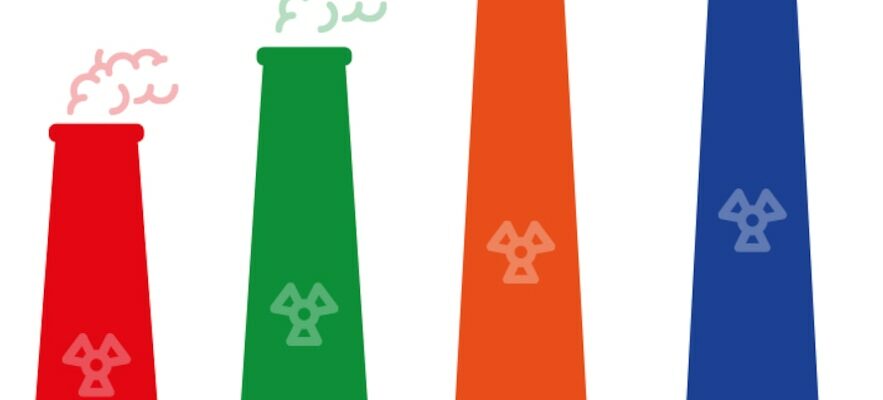Fatalism, a characteristic of our country: one in three French people considers the country’s decline to be irreversible, according to French Fractures Study of the Jean-Jaurès Foundation published in October 2023. What is surprising in a society where the President of the Republic himself, at the time François Mitterrand, claimed in July 1993 that “in the fight against unemployment, we have tried everything”? The idea that politics cannot influence reality has continued to spread, like a venom paralyzing public action. And yet, a few kilometers from home, peoples of die-hard reformers are still resisting impotence.
The effort first requires a clear, long-term diagnosis: in Italy, Sweden or Canada, it is on the brink of the abyss that governments have developed major reforms, called upon to transform their country from sick to model. Above all, it requires unwavering political will, beyond bureaucracy, lobbies and those who think that any change in practices is impossible. At a time when the new government led by Michel Barnier is highlighting, even in the titles of its ministers, “simplification”, “partnership with the territories”, “food sovereignty” or “academic success”, as so many promises, we can only advise them to take a look at what works elsewhere.
“Time opens its doors to those who wait,” says a Chinese proverb. When it comes to nuclear power, China has shown patience. To the point that it now surpasses all Western countries. Less than twenty years ago, France sold two EPRs to Beijing, which still had a lot to learn in this area. Today, the Middle Kingdom is capable of building reactors in less than five years. For comparison, it took France almost seventeen years to complete its last project – that of Flamanville. Spot the mistake!
Evil tongues will say that the design of Chinese models is simpler, which makes them easier to build. Nevertheless, China can now serve as an example to France. It reminds us that in terms of nuclear power, the series effect and the unwavering support of the government count more than anything. Over the last few decades, Beijing first learned its technological skills by purchasing EPRs, but also Russian and American reactors that it then modified as it saw fit. “France participated in these transfers of know-how. At the time of the war between Areva and EDF, China recovered extremely valuable elements such as calculation codes for free,” notes Dominique Grenêche, a doctor in nuclear physics and member of the NGO PNC-France (Nuclear Heritage and Climate).
But to take advantage of this capital, China has above all continued to build, thus benefiting from the famous “serial effect”, an essential element for reducing costs and keeping its knowledge up to date. A latecomer to civil nuclear power, the country now has 56 operational reactors, as many as France, which places Beijing third in the world. A ranking that it will soon take the lead in. The government recently gave the green light to the construction of 11 new reactors, which brings the total number of units under development to 36. Between 2020 and 2035, China even plans to acquire 150 new installations!
Average construction time of a reactor, in months, since 1950
© / The Express
“The country has been able to develop an effective strategy, at the national and provincial levels. This does not only include a financial component. China has optimized its regulations and effectively coordinated supply chains,” underlines a report from the Information Technology & Innovation Foundation, an American research institute.
Removing administrative obstacles
“Administrative constraints are generally lower in Asia. But that doesn’t mean that the reactors built in this part of the world are more dangerous,” notes Dominique Grenêche. “In Flamanville, on a steam generator – one of the main parts of the plant – we had up to 1,500 interruptions during the manufacturing process, due to changes in regulations,” underlines Claude Jaouen, former director of Areva’s reactor activity, restructured in 2018. Enough to bring any construction site to a standstill.
Can France reverse the trend and get closer to Chinese construction times? Luc Rémont, the head of EDF, believes it can. He is aiming for a construction time of six years for future EPRs. But to achieve this, it will be necessary, like China, to reduce the obstacles linked to standards, find resources to finance the relaunch of nuclear power and sell enough EPRs to benefit from the series effect. The task looks set to be difficult in a country where reforms aimed at facilitating the development of the sector – such as the merger between the Nuclear Safety Authority and the Institute for Radiological Protection and Nuclear Safety – are facing strong opposition. On the financing side, negotiations between EDF and the State have still not been concluded. As for sales, the outlook has darkened since the Czech Republic opted for Korean technology this summer. “Opportunities could arise in the United Kingdom, Italy or even Finland, which is delighted to be able to count on its Olkiluoto EPR”, assures Dominique Grenêche. In the meantime, China continues to lead the race.
.
